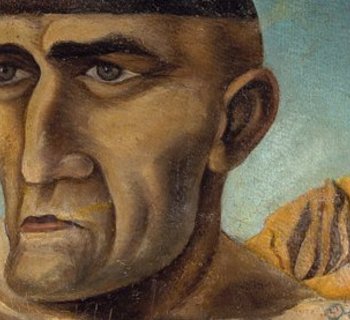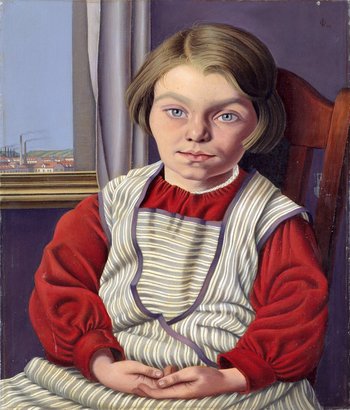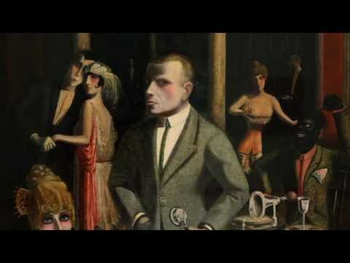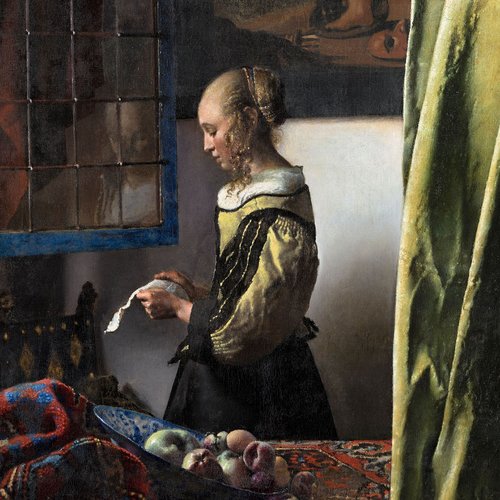text1
A selection of works by more than 70 artists will enable visitors to gain new perspectives on familiar paintings by viewing them in their contemporary artistic context and at the same time to discover hitherto little-known artists whose works are of exceptional quality. The point of departure for the research accompanying the exhibition was the collection held in the Galerie Neue Meister. Important works on loan from other renowned museums will provide a broader view of this artistic current reflecting the period of the Weimar Republic, with its problems of inflation, short-term stabilisation and political unrest.





